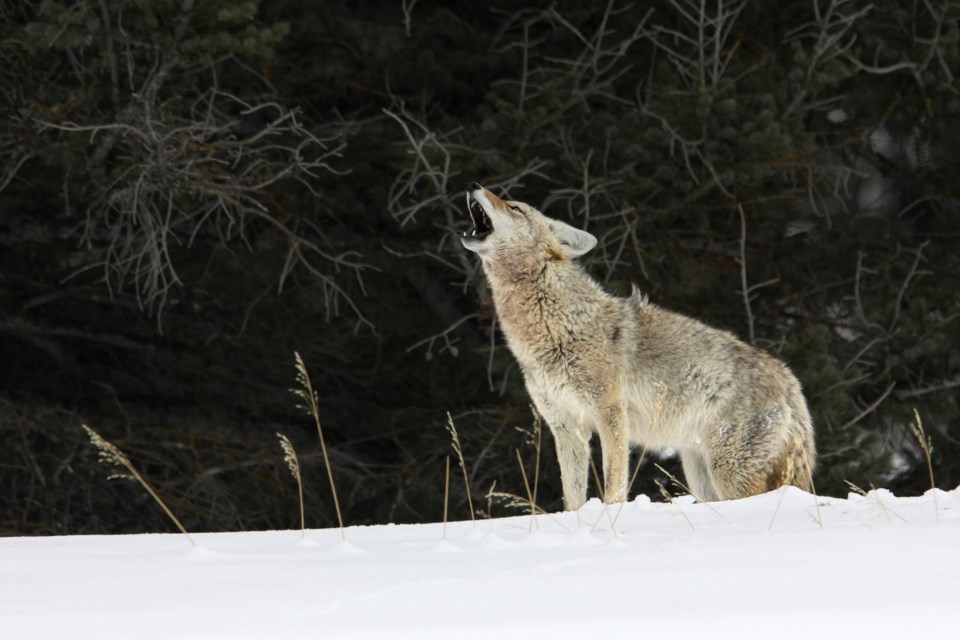As the uptick in coyote sightings continue in Bradford — specifically on the trail in Grand Central subdivision — the town's animal control department is encouraging walkers to keep their distance and ensure their pets do not approach.
Coyotes are common in Simcoe County and in recent years there has been an increase in sightings in urban areas. The carnivores wandering into these areas is likely due to food supply.
Though coyote attacks aren’t common in Canada, they have been documented and can cause serious injury. Attacks on pets are more common, especially dogs because of their willingness to approach other canines and coyotes occasionally do prey on free-roaming pets, such as cats, due to their similarities to wild groundhogs or squirrels.
For their safety, it’s recommended that if you live in an area with a large amount of coyote sightings, pets are kept indoors when unattended to and supervised when outside.
According to the Toronto Wildlife Centre, “in urban areas, coyotes and foxes are often found near ravine systems, large grassy fields, and large parks where small mammals — a main staple in their diet — are plentiful. It is unusual for these species to approach people, but when it occurs, it is usually seen in animals that have become habituated because people feed them. Sometimes the feeding is intentional, but more often foxes and coyotes get used to being around urban dwellings when pet food and scraps from garbage or compost are not well contained.”
In the event of a confrontation with a coyote, animal services recommend the following tips:
- Remain calm.
- Back away from the animal.
- Ensure you have a flashlight when out at dusk.
- Do not approach the animal or attempt to touch it.
- Do not run away or turn your back to the animal.
- Make yourself big, wave your hands, and make noise—make your presence felt.
- Call 911 if the animal causes a threat to your safety.
If you encounter a coyote that does not react to loud noises, or seems sick or injured, contact a wildlife rehabilitator, like the Toronto Wildlife Centre, for further advice.
Though coyotes can seem scary, the Toronto Wildlife Centre wants to remind people that they are not a threat under normal circumstances.
The Toronto Wildlife Centre states, “coyotes are an important part of our shared, local ecosystems. By understanding their normal habits and behaviours, we can learn to coexist peacefully and even develop a deeper appreciation for our wild neighbours.”
To help mitigate the number of coyotes in urban areas, the Toronto Wildlife Centre recommends the following guidelines:
- Do not put out food for coyotes.
- Keep waste in secure bins or store bins in a secure building.
- Do not put waste bins out until the morning of pickup.
- Make sure outdoor compost containers are wildlife-proof.
- Remove fallen fruit from trees and scattered bird seed from feeders (these floods attract rodents, which in turn attracts coyotes).
- Keep pet food inside and do not leave small pets outdoors unattended.



